Finnish Two-Man Show Vuollé Watches Impresses With The KURIMUS
The KURIMUS shows a surprising mix of styles and finishes, is inspired by the city of Tampere in Finland and uses NOS vintage movements.
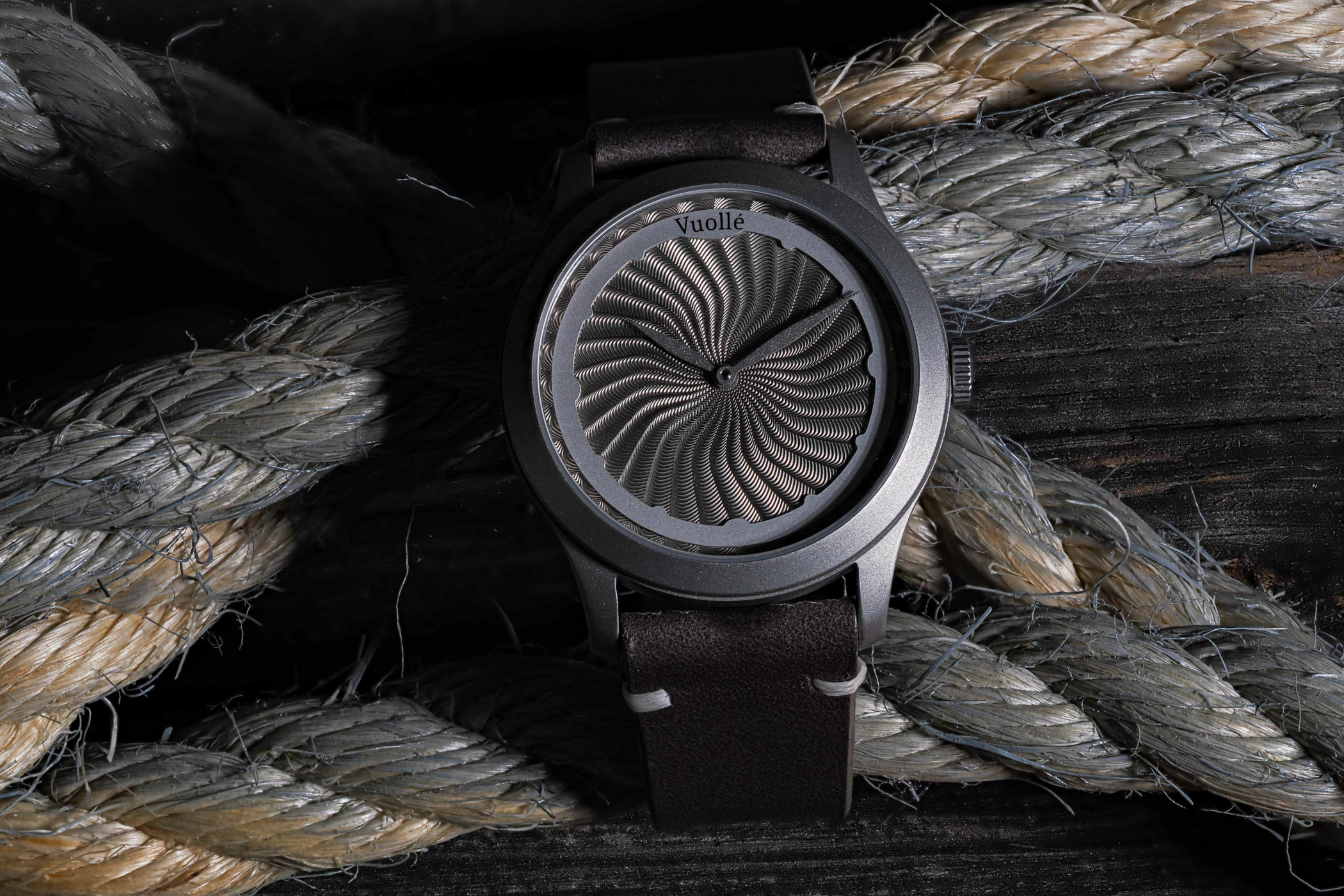
Scandinavian design is often laureled for its simplicity and functionality, but in watches, that doesn’t always seem to stick. Finnish independent watchmaking stars like Stepan Sarpaneva are mostly known for more intricate and expressive watches with striking appearances. Stemming from “the land of a thousand lakes” now comes a new brand, that on surface seems to uphold the traditional Scandinavian design codes. But talking to Jere-Juuso Vuorela and Nuutti Helala, the watchmakers behind Vuollé Watches, reveals there’s more behind their intriguing debut watch, the Kurimus.
Robin, MONOCHROME Watches – Vuollé is a new name to the indie watchmaking scene. Can you tell us a bit about the company?
Vuollé Watches is a two man’s show, including Juuso (28yo) and Nuutti (23yo). We are located in the city of Tampere, Finland. Officially the company launched at the end of 2023 but we started to brainstorm about the idea of Vuollé Watches on the coffee breaks when we met in the same workplace in 2022. It started from a simple idea; why the watch scene is so dull in Finland and how we could maybe make a difference to it. The idea was simple at first, to use ready-to-go movements (ETA, Sellita etc) and cases. As you can see now, the idea has gone fully upside down, and now we use custom cases and hand-finished movements.
How did you get to know each other and what made you decide to work together?
We are both graduates of The Finnish School of Watchmaking, Nuutti graduated in 2020 and Juuso in 2022. Both of us accomplished the three-year program in watchmaking. The number of students is low in the school, so basically everybody knows each other at some level. Between us, during school times we chatted a couple of times only and greeted each other when we met in the halls. That was our only communication during the studies.
After Juuso’s graduation, we met again in the same workplace, manufacturing digital microscope scanners in the Tampere area. We didn’t even know beforehand that there would be two watchmakers in the same workplace. We started to remember our times in school and brainstorm ideas to brighten up the Finnish watchmaking industry. At first, it was mostly just joking, but the jokes turned more realistic after drinking a lot of coffee. We started to design our first model and to manufacture our prototype watch little by little.
Can you share some details about your background and experience in watchmaking?
Both of us are graduates of The Finnish School of Watchmaking, which includes alums like Torsti Laine, Stepan Sarpaneva and Kari Voutilainen. During our training, we did lots of basic maintenance work on wall clocks, pocket watches and wristwatches. Our final “diploma” work was manufacturing the spiral from raw materials to our course wristwatches, and handfinishing its movement.
Nuutti also has lots of experience from the maintenance work for watches in the region of Tampere. Juuso worked shortly as a freelancer watchmaker for Reima Koivukoski/Kronowerk and maintenance work for watches in the Helsinki region. We started to practise hand-finishing techniques with tips from our education, but also George Daniel’s books and the material from Philippe Narbel.
You’re based in Tampere, Finland and Finland has a rich history in independent watchmaking. How much has that been an inspiration for you?
Actually, we have taken very little inspiration from the watchmaking scene in Finland. Maybe the biggest influencer from Finland has been Laine Watches. Mostly our inspiration comes from the greyness of Finland. About 75% of the year in Finland the weather is quite grey with very little of natural sunlight. We have tried to bring this idea to our watches with the colours (or the lack of them) and contrasts.
Our hometown, the city of Tampere is also an inspiration to us. Tampere has deep roots as an industrial city in Finland, and it’s even nicknamed the “Manchester of Finland”. There are lots of old industrial factories here and in the middle of the city are the rapids of Tammerkoski.
Your first watch is the KURIMUS, which shows a contrast in finishing and colours compared to other watches. Can you tell us about its creation?
We had two main goals, guilloche dial and manual wind movement. We both are suckers for old-school guilloche patterns, but we also wanted a twist, so we designed our own indices ring. The main theme of Kurimus was the greyness, and as you can see there is quite lots of different shades of grey. The hands are also produced in Espoo, Finland, and we finish them also by hand.
We tried to make every part of our watch a little bit special, for example, our warranty cards are made from metal, the watch box is handmade and the leather goods are made in Lahti, Finland. We didn’t like the design of the newer generation movements so we turned our heads towards NOS vintage movements. The design in these movements is impeccable compared to newer movements.
Can you shed some light on the inspiration for the KURIMUS? Where does the name come from for example?
Kurimus is a blend of different watch styles, there is a little bit of a dress watch, a touch of a field watch and even elements of a tool watch. We wanted to do something different, something that is not strictly stuck in one category. Lots of inspiration has come from Finland, and especially from the city of Tampere and its rapids, the Tammerkoski. Actually, the whole name of our company is inspired by Tammerkoski, Vuolle is a Finnish word for the strongest current of the river. There is also a small pay of respect to our hometown signed to our crown, it has taken inspiration from the Coat of arms of the city of Tampere.
Our first model name, Kurimus, is an old Finnish word that translates as whirlpool or maelstrom. We named it Kurimus due to the pattern of our guilloche dial, mimicking the looks of a whirlpool or maelstrom. You can also see specific “rawness” or “robustness” in Kurimus, like the different greyness levels and surfaces.
The KURIMUS uses a reworked New Old Stock movement. Can you tell us more about its origins and what you do to it?
Our base caliber is Zenith 40T, from the 50’s and 60’s. The decision to use this calibre as a base was made highly due to the aesthetic design of the movement and the quality is impeccable as well. It has 17 jewels, with a frequency of 18,000, manual wind and a power reserve we can guarantee for 45 hours. Our calibre uses time only, so we disassemble the small seconds from the movement by ourselves.
We completely overhaul the movement in our workshop. First, the whole movement is disassembled and prepared for the finishing process. The barrel bridge, wheel/train bridge and balance cock are sandblasted to a matte finish. After that, the anglage is made to every bridge using micro motor and hand tools. We also do the plating in-house, using nickel, giving a flashy finish. Screws are polished by hand, and the click and regulator will have a straight brushing finish.
Because we finish our movements by hand, every movement is a unique piece with its highlights and imperfections. Our goal has never been to make a 100% new movement from our base calibre. We respect and admire it, and try to make it shine again. It’s like giving a new possibility, like rising from the ashes.
You aim to do as much as possible in-house. Can you elaborate on what you do in your workshop?
Our unofficial motto would be something like “From the office to the cocktail party.”. We don’t want to get stuck to a specific category, more like fitting into many different ones. We would like to see our customers wear Kurimus at the office, catching up with friends, at a fancy party or just at home while eating a pizza with Netflix on. Everybody can enjoy the aesthetics of Kurimus, everywhere, anytime.
We respect and admire the old times of watchmaking, and it is portrayed through our guilloche dial and our movement. Simplicity, robustness, industrialism and less is more are our things. Our style of making watches has been influenced by Kikuchi Nakagawa, Naoya Hida & Co. and Kurono Tokyo from Japan, Breguet from Switzerland, Laine from Finland (now residing in Switzerland) and Atelier Wen from China.
Looking beyond the KURIMUS, what are your goals towards the future? What can we expect to see from Vuollé?
Currently we are designing our next model, which will be a thin divers watch with a manual movement. We are aiming the make it under 8mm thick with a nicely finished movement. The goal is to finish the prototype during the year 2024. We are also planning to start making custom watch dials for all kinds of customers (small batches especially). During the design process of the Kurimus, we noticed that there are very few manufacturers that produce watch dials in small batches. Our main product would be guilloche dials.
How can people get in touch, or potentially get a hold of one of your watches?
You can look up more info on our website and our Instagram. Currently, we produce only small batches, so to join the waitlist, the email is [email protected].
For more information, please visit VuolleWatches.com.





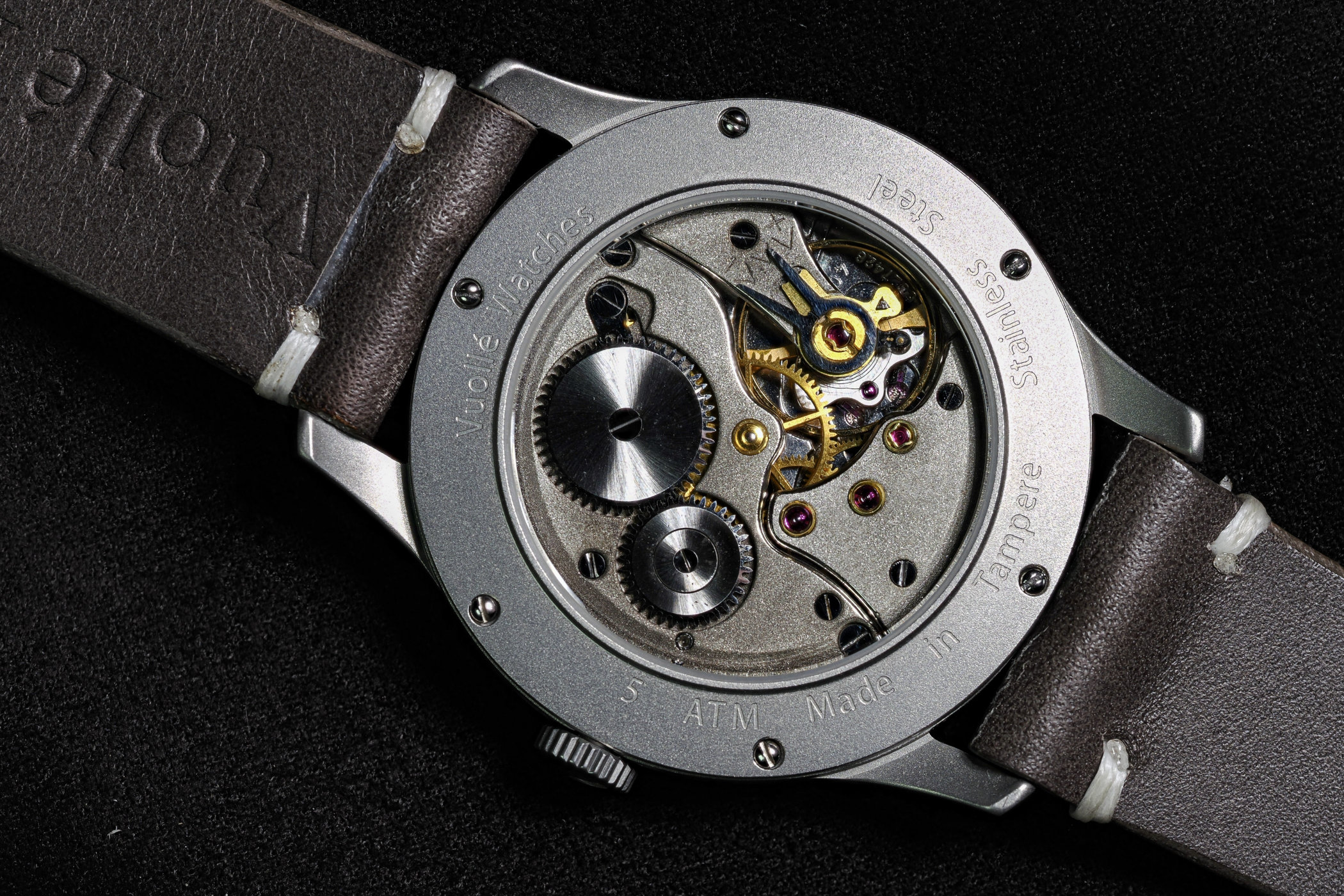
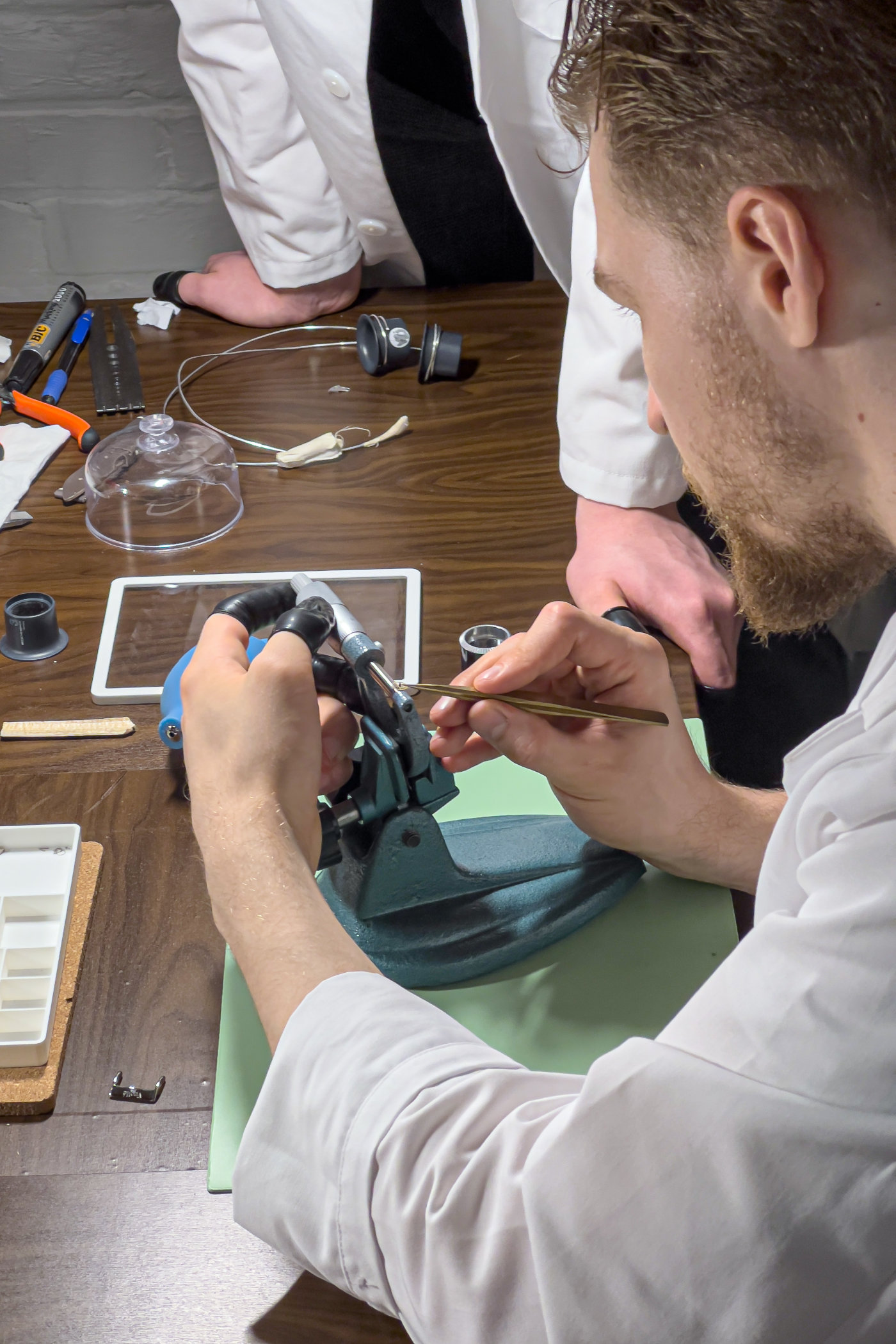
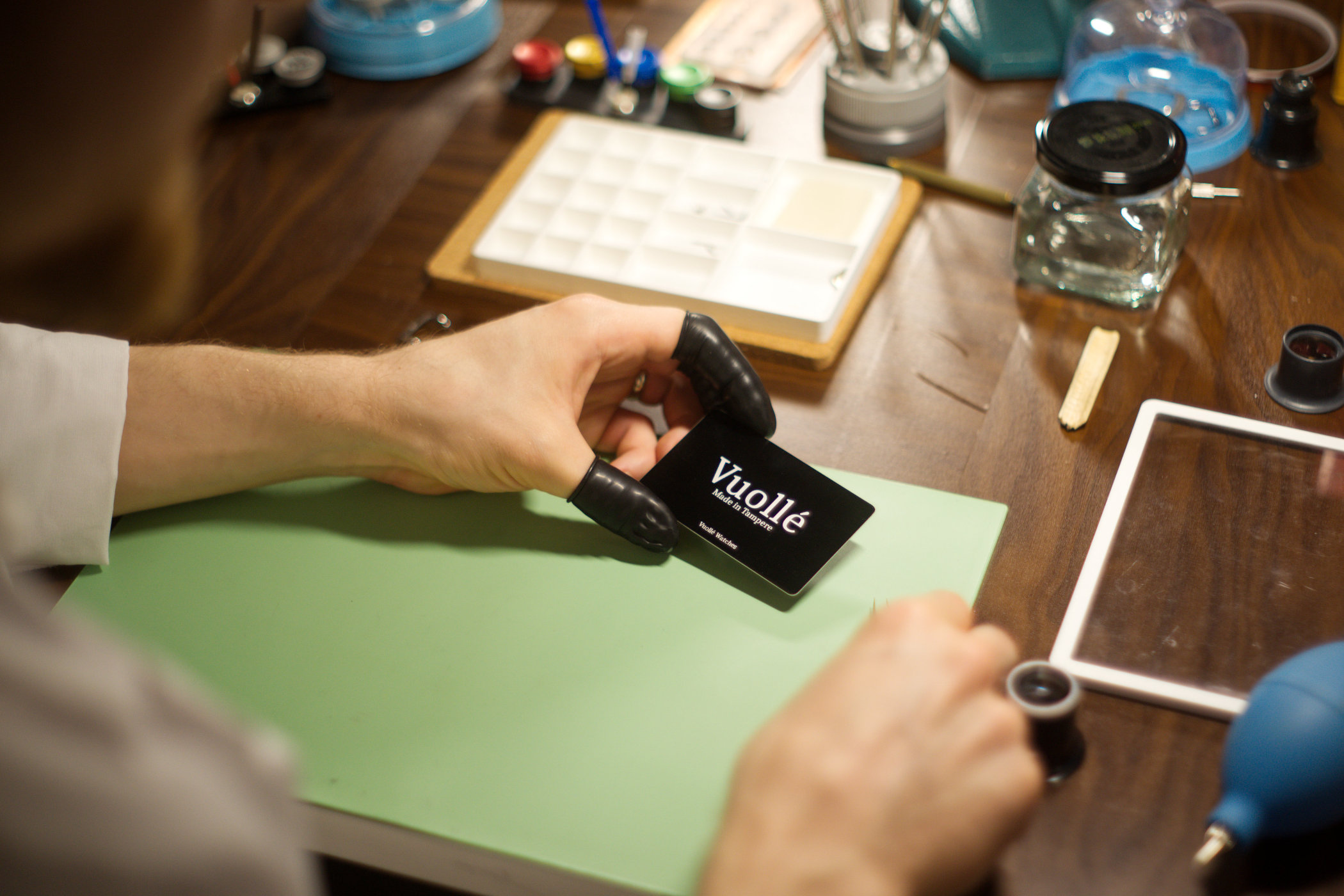
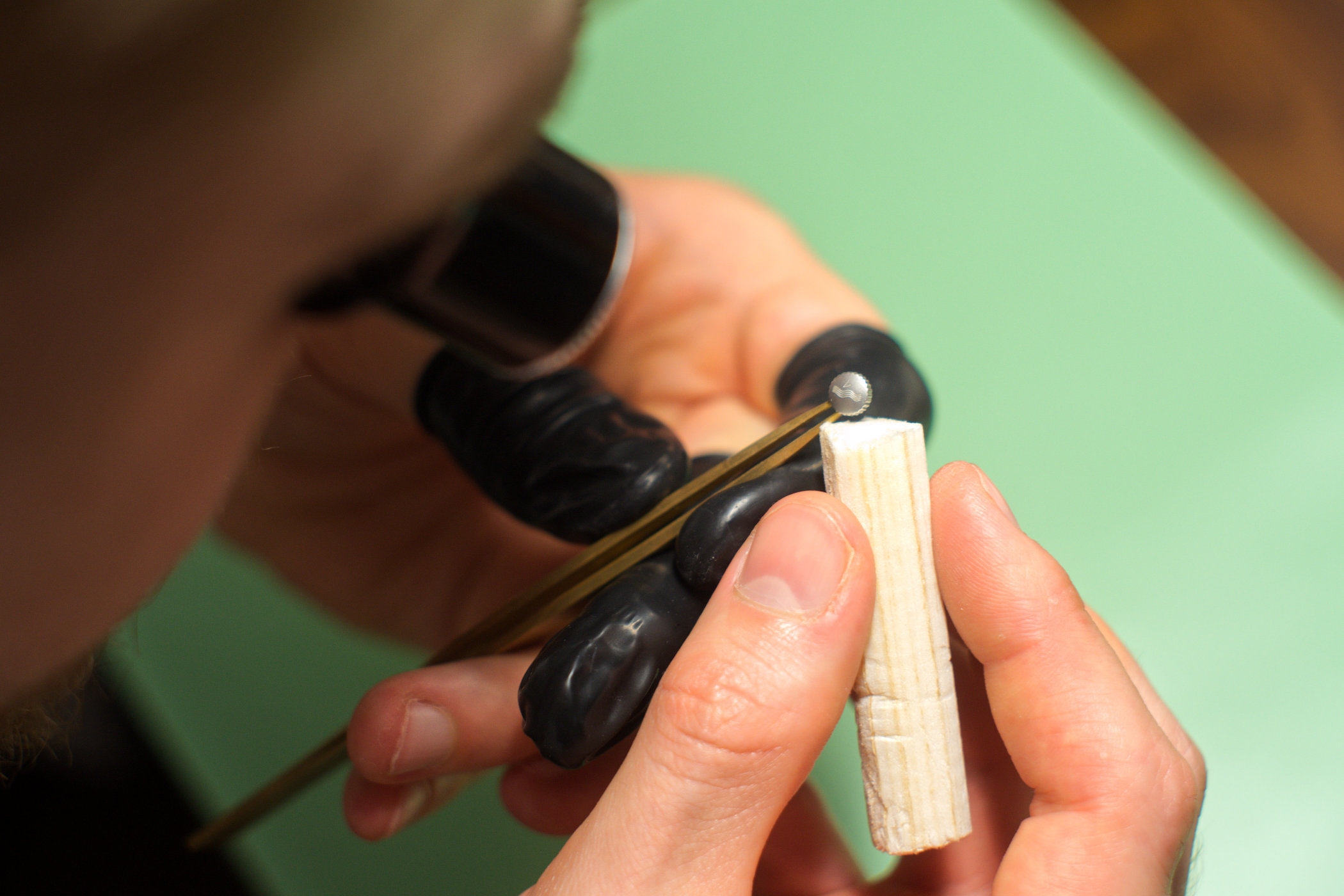
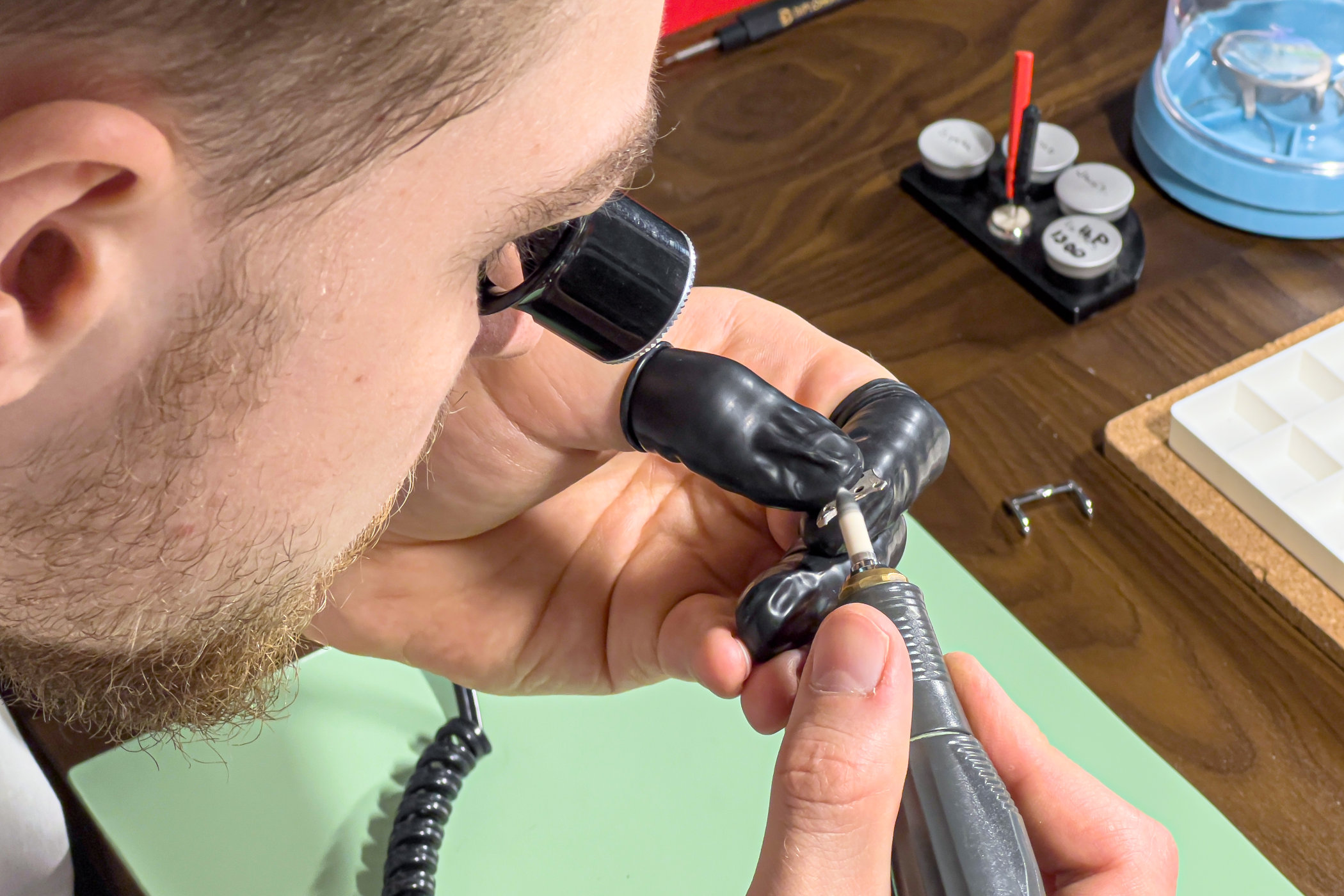
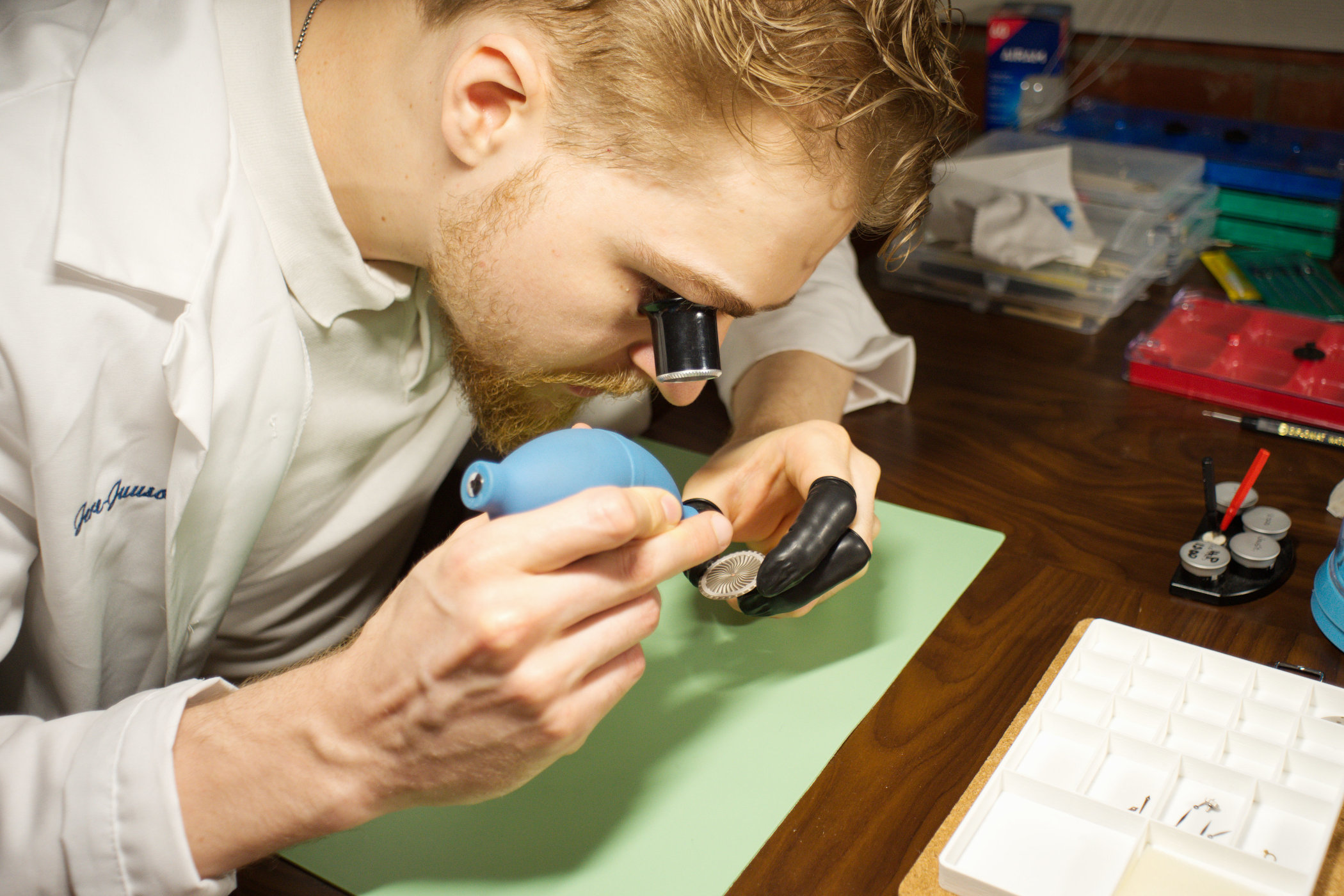
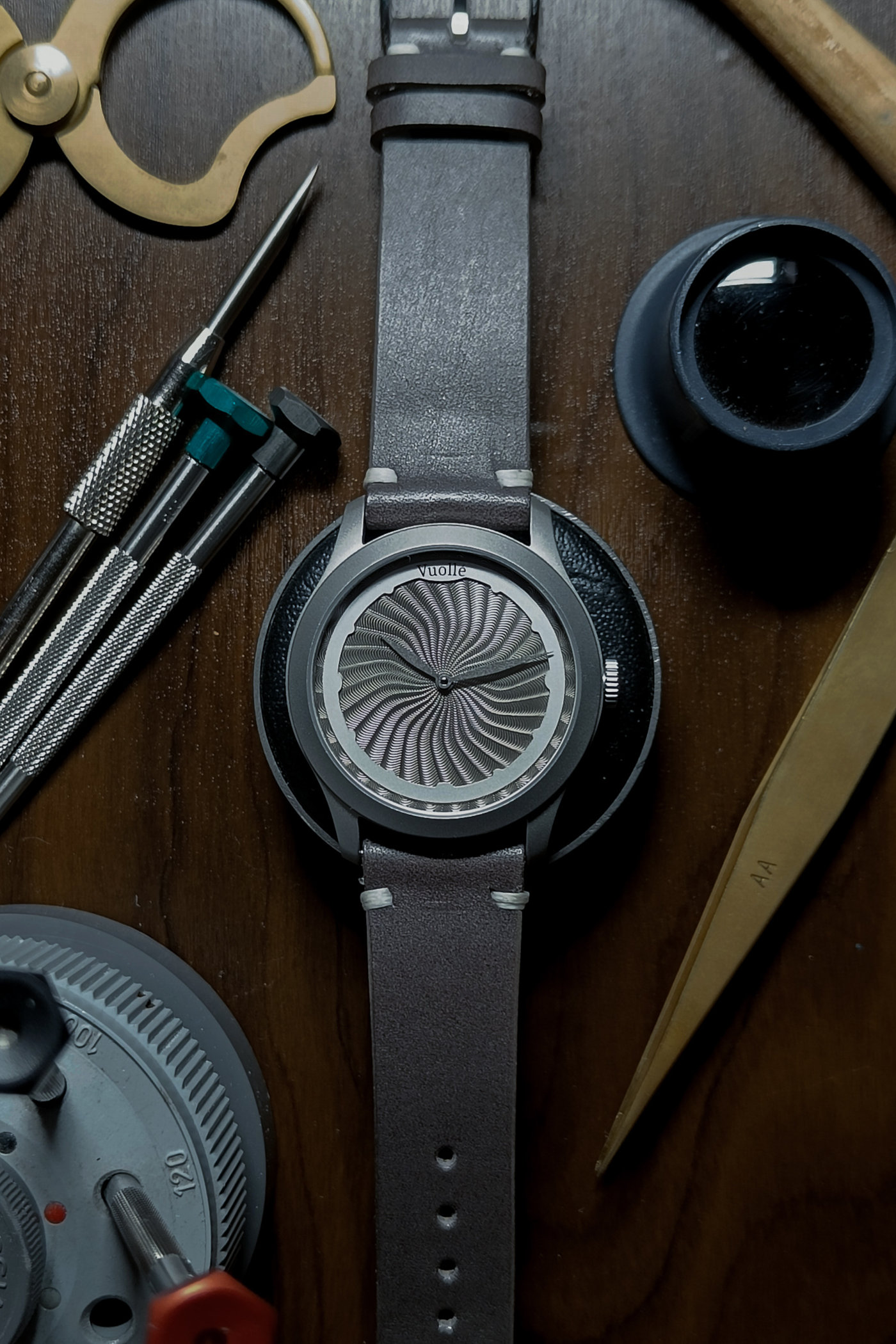
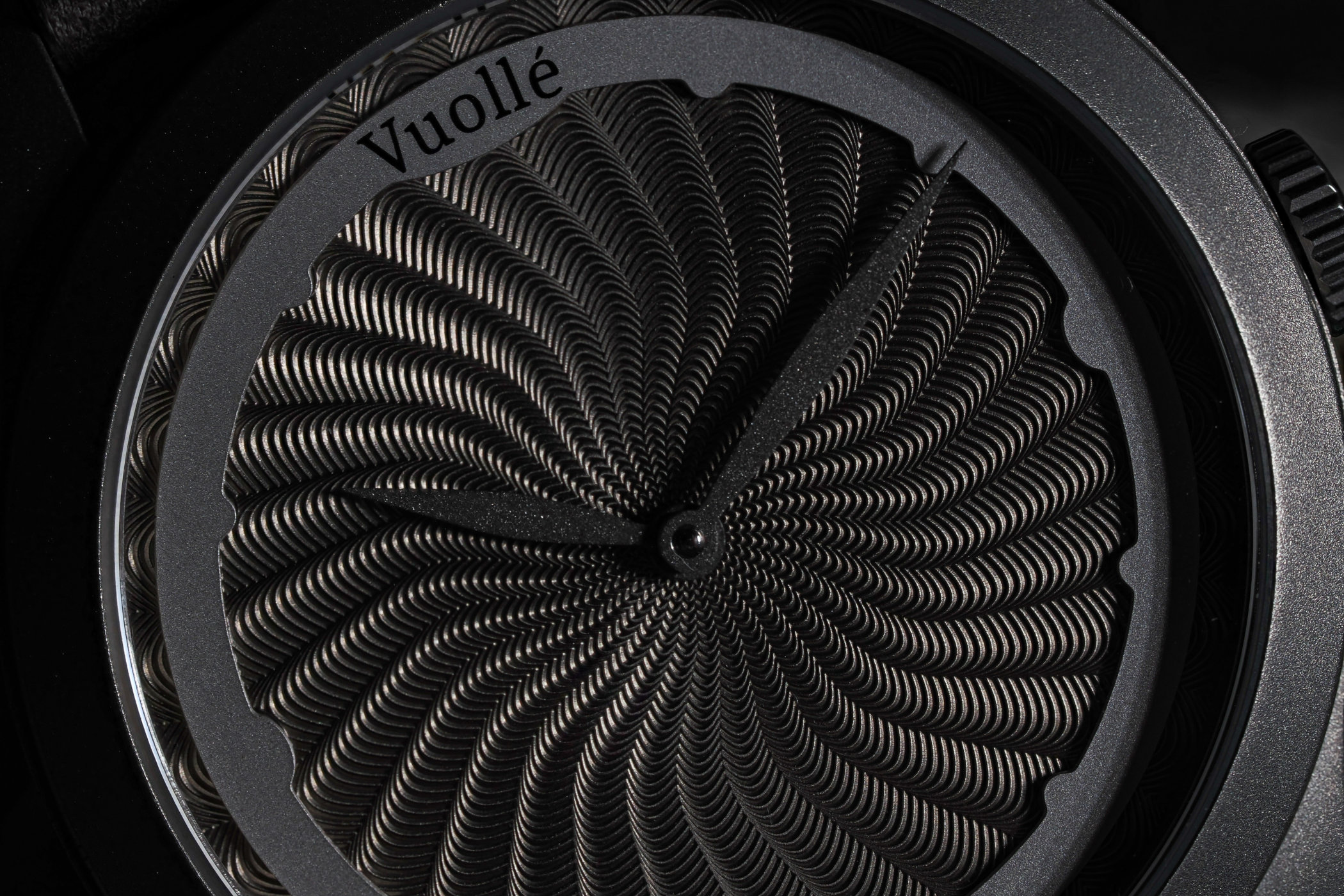
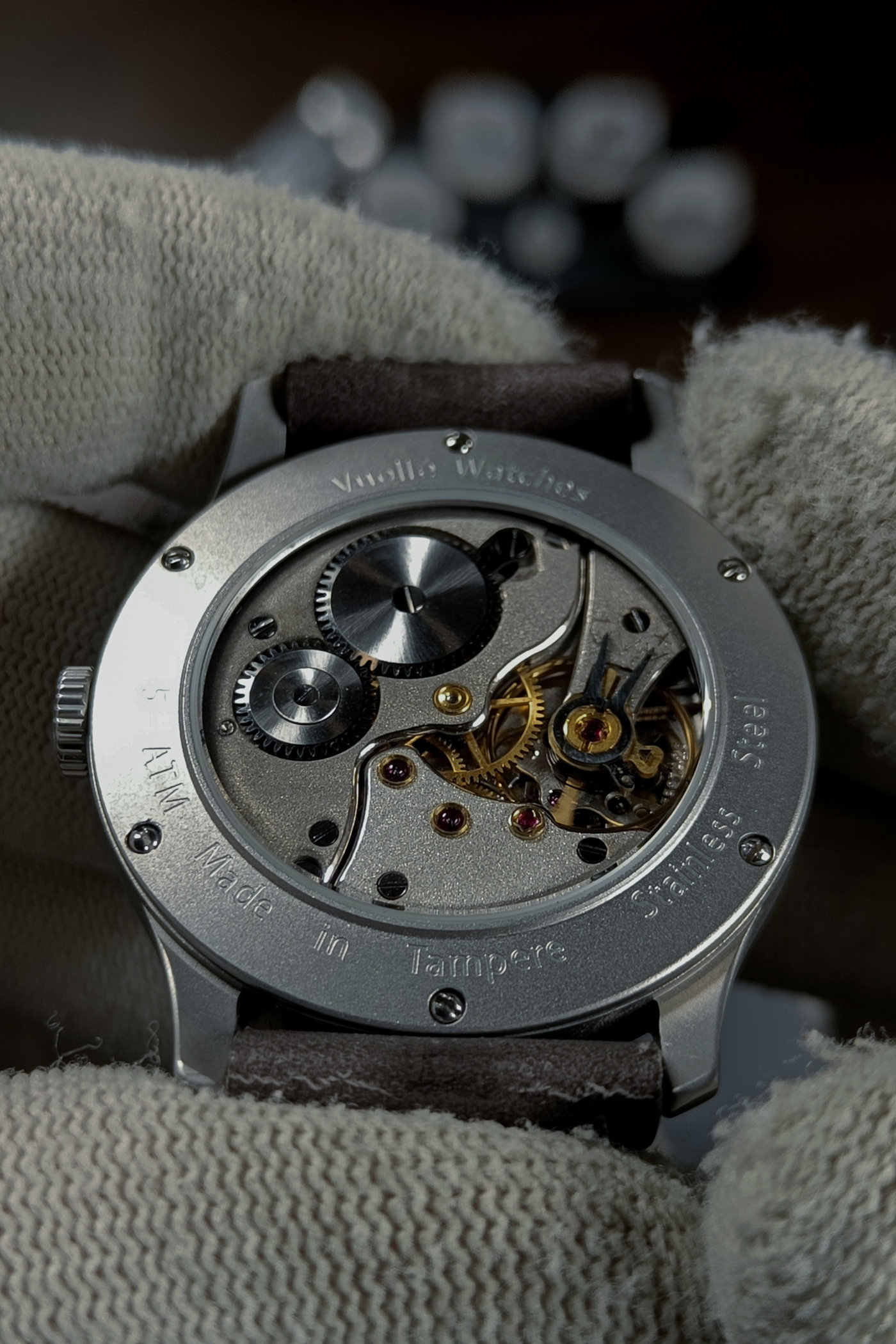
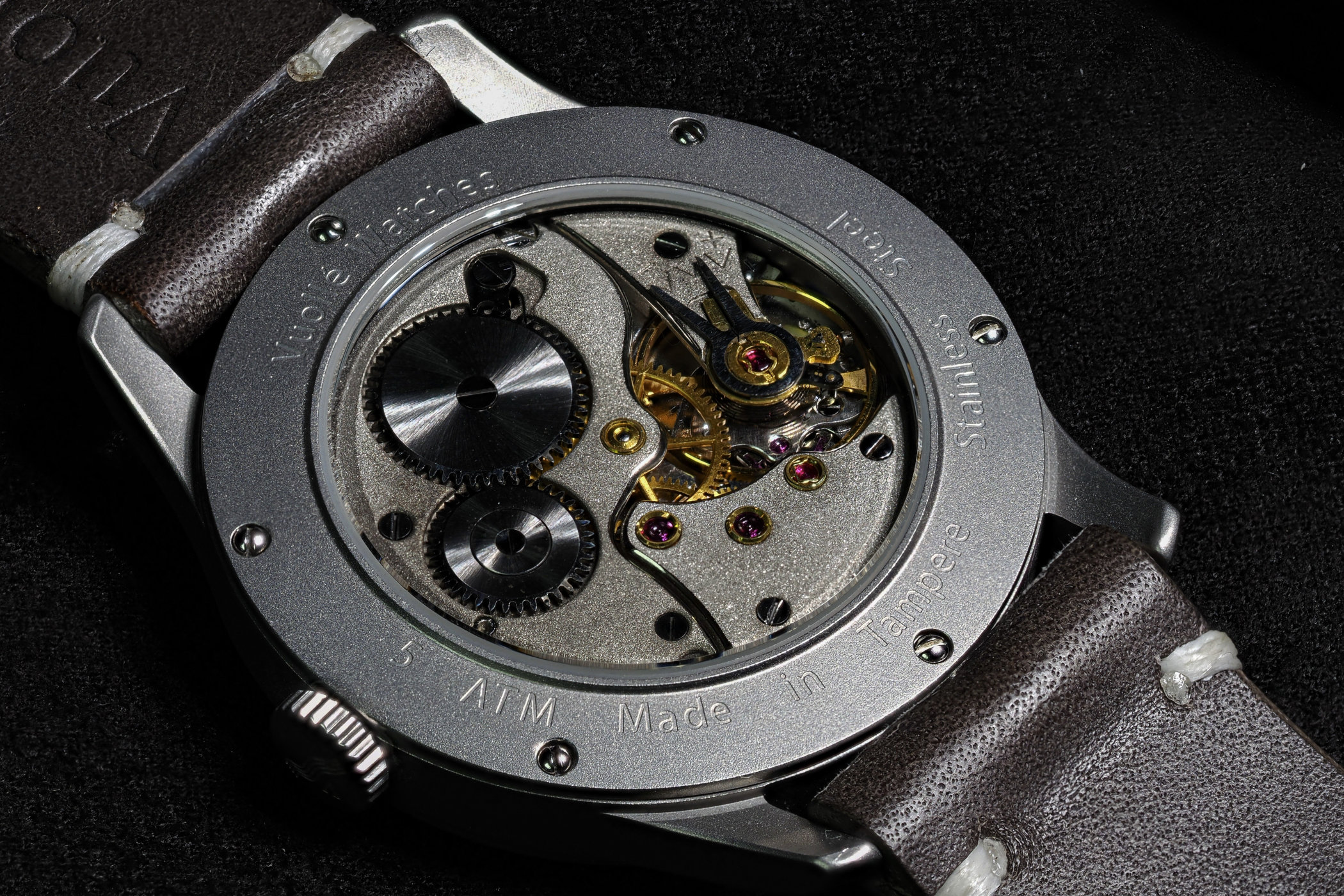
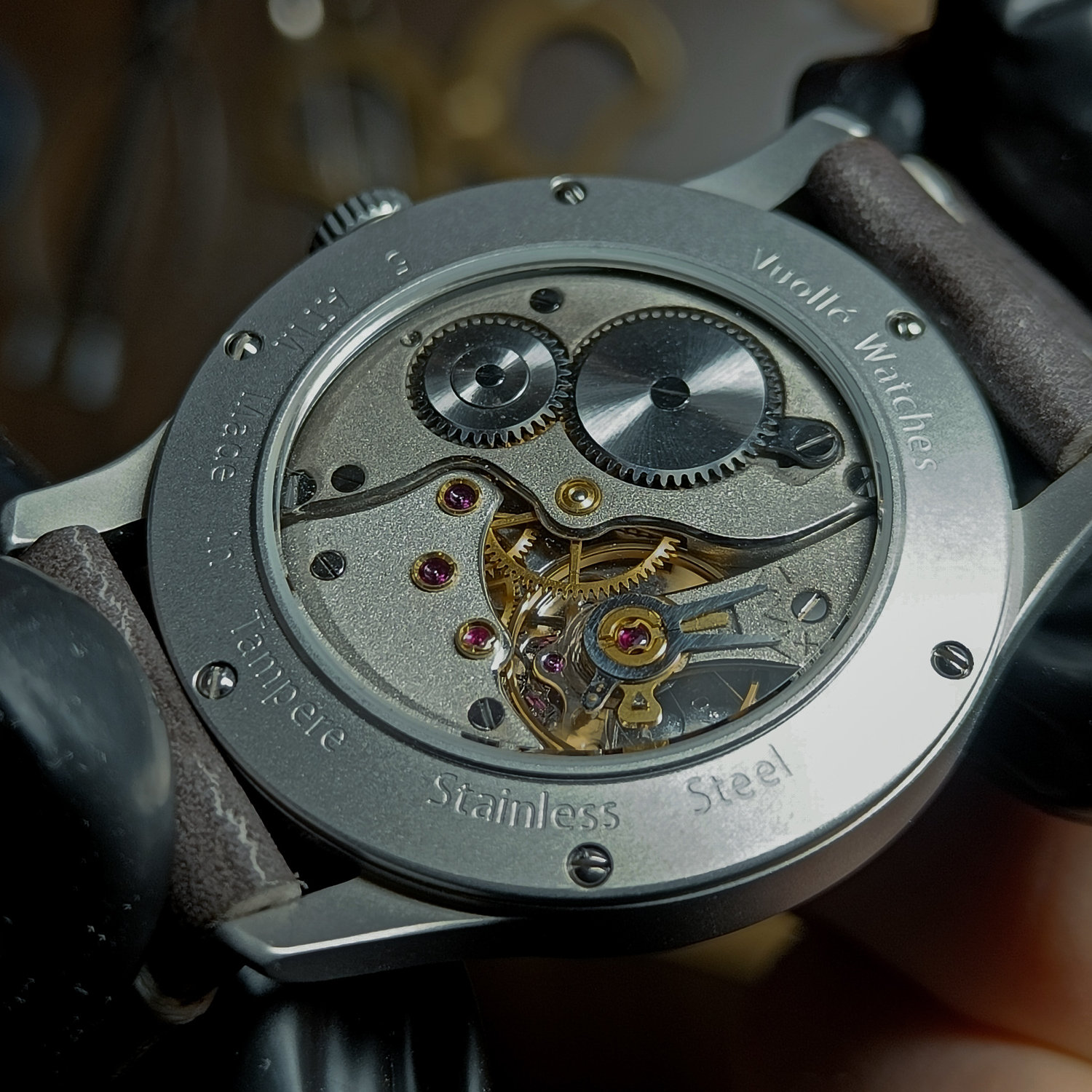
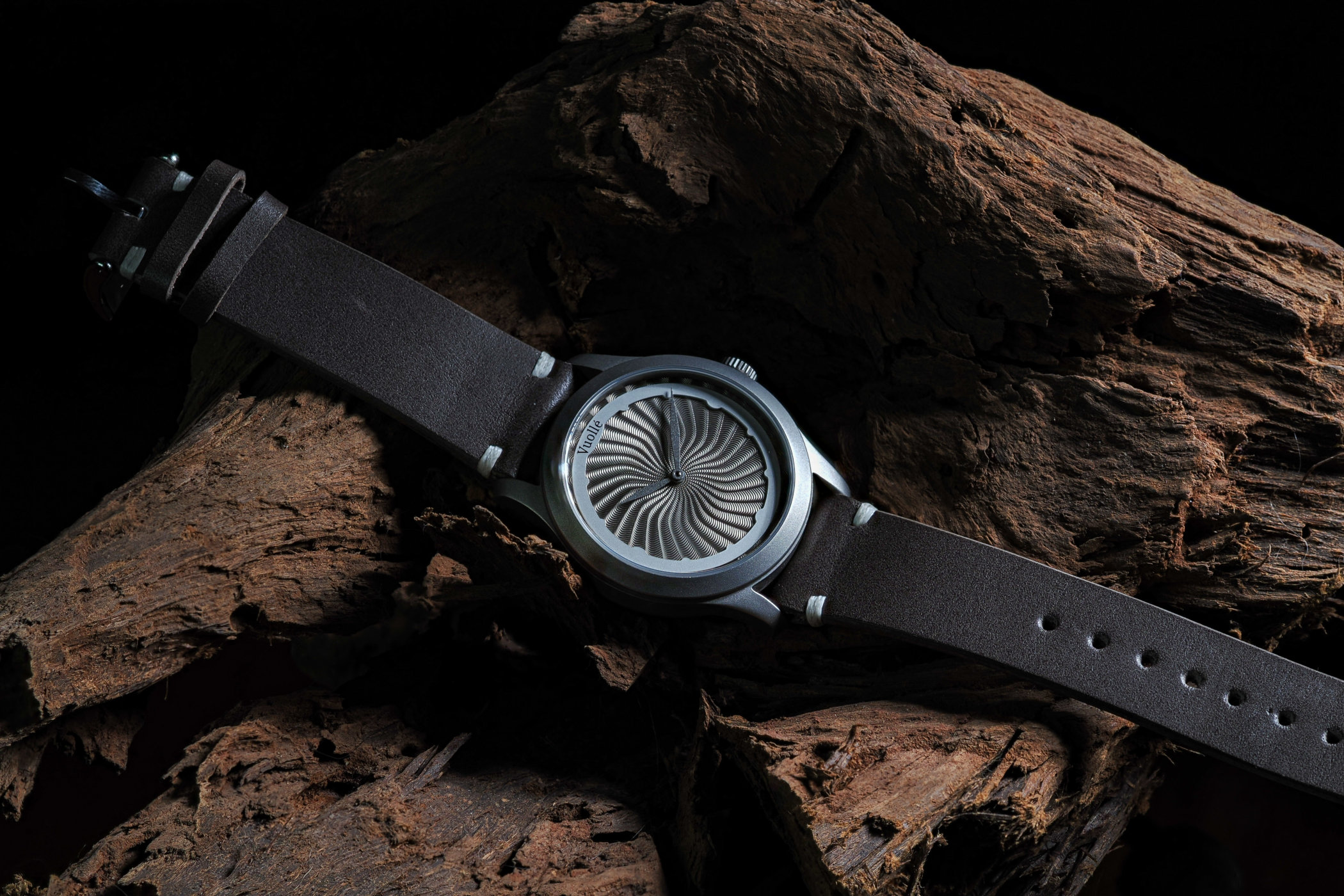




3 responses
Finland is not part of Scandinavia.
So they never really answered about what they do in the workshop. Apparently, someone else stamps the hands after which they finish it, but what intrigues me the most is the question how the dial is actually made. Call me a cynic, but for 3000 bucks I don’t see them finishing a movement by hand and then turning a guilloche dail on an actual rose engine. So are they stamped? And what DO they do in their own workshop? I didn’t like the fact that they dodged that question with marketing fluff.
3000 euros for an old stock Zenith 40t? Not serious… I have a real Zenith watch with that movement.